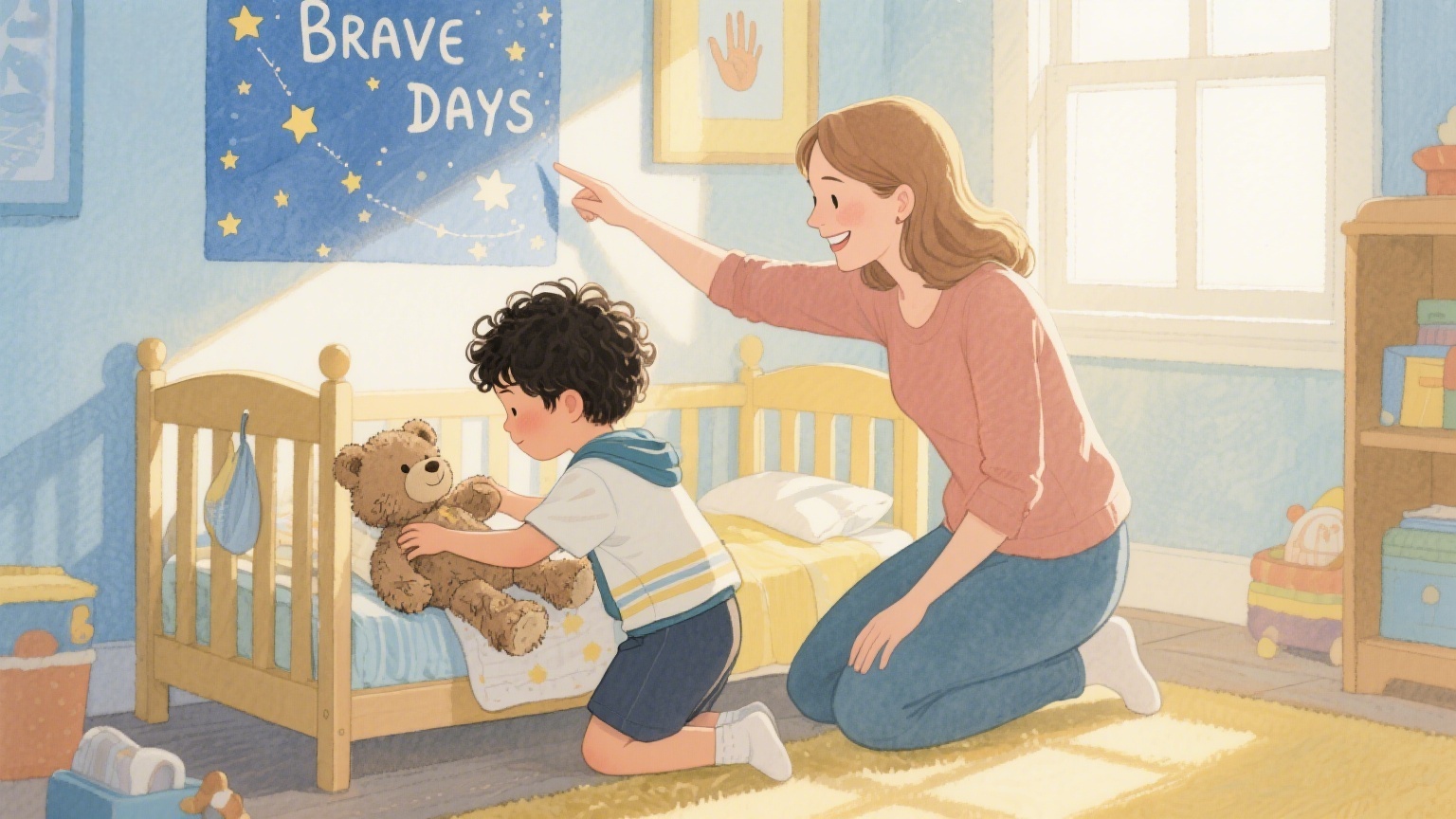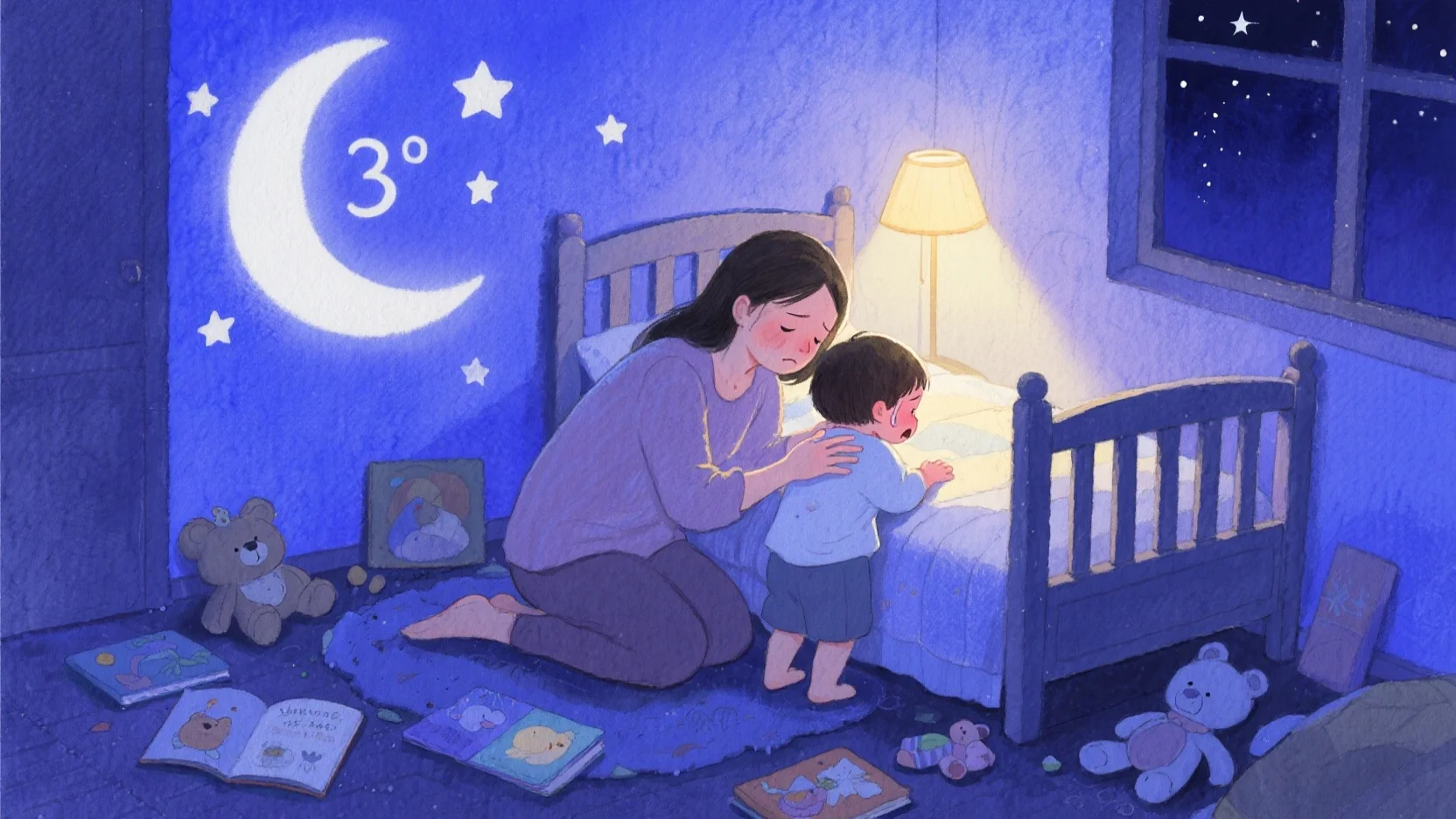Every parent knows the power of a beloved teddy bear or blankie—but when is it time to gently phase it out? Here’s how to make the transition smoother for your preschooler (and you!).
**1. Choose the Right Timing ⏰**
🚫 Don’t: Take away the lovey right before daycare/preschool starts.
✅ Do: Start preparing months ahead (e.g., begin in spring for a September school start).
Why? Big changes + losing their comfort object = double stress.
2. Explain the “Why” Clearly 🗣️
Preschoolers need reasons! Try:
“Now that you’re a big kid, Bunny will wait at home while you’re at school. She’ll be here when you get back!”
📌 Pro tip: Have your child “tuck in” the stuffed animal before leaving—it creates a comforting ritual.
3. Take Baby Steps 👣
Phase it out gradually:
✅ Stage 1: Keep it at home/in the car (no park or store).
✅ Stage 2: If bringing to school, agree to store it in their cubby.
✅ Stage 3: Leave it at home completely.
🎁 Bonus: Use a star chart—each day without the lovey = a star → small weekly reward!
4. Offer Alternatives 🔄
Not all comfort needs to be cuddly! Try:
• A family photo in their backpack
• A small fabric square from their blankie
• A special bracelet or locket
5. Handle Setbacks with Patience 💙
🚨 Regression is normal! Stress (new sibling, moving, etc.) might make them cling to the lovey again.
What to do: Stay calm. Reassure them, and restart the weaning process later.
6. Never Shame or Force 🚫
❌ “Big kids don’t carry teddy bears!”
✅ “I see you love Bear. He’ll be safe here while we’re out.”
💡 Fun fact: Even pro athletes have lucky charms—no shame here!
When to Worry?
Most kids outgrow comfort objects by age 5–7. If your child’s attachment interferes with daily life (e.g., refusing to speak without it), consult a pediatrician.
Final Thought: This isn’t about “taking away” security—it’s about helping your child build new ways to feel safe.








